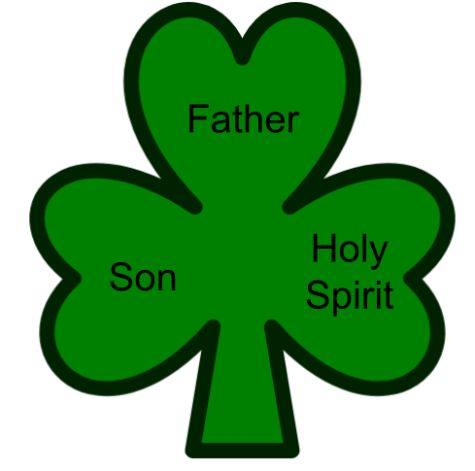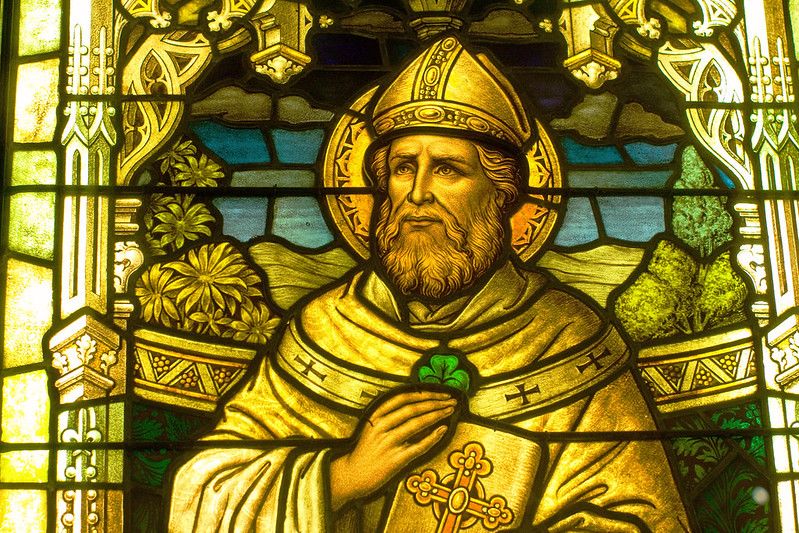The History of St. Patrick’s Day
There’s a day where Irish fortune wishes you the best. Leprechauns with their mischief are never at rest. “Wear green or get pinched” as people say, because there’s nothing more fun than St. Patrick’s Day!
Most of us are familiar with mystical creatures and legends such as Leprechauns with their large pots of gold hidden under rainbows… but if you’re like me, you tend to become curious about the origins of why St. Patty’s Day is celebrated. How did these traditions come to light? Why is there a whole day devoted to wearing green and wishing for good luck? What is the history of St. Patrick’s Day? Well, if you want these questions answered, this article has it all!
The Legend of St. Patrick:
Born in 4th century Britain, St. Patrick was instrumental in the spread of Christianity to Ireland. At the young age of sixteen, Patrick was kidnapped by the Celts. He was brought to Ireland against his will and was forced into slavery. During this hardship, he found peace and comfort in his Christian faith. After six years of rigorous labor, Patrick escaped by his captors and traveled back to Britain to finally reunite with his family and the Church.
Shortly after returning to Britain, Patrick experienced an unusual dream calling him to spread Christianity to Ireland. Within this dream, Patrick encountered Victoricus, an ancient Roman martyr, who presented him with a letter labeled The Voice of the Irish. Within this letter, the Irish asked Patrick to walk beside them again, this time as brothers in Christ. This was his calling and duty to bring the Celts into salvation.
Stepping foot into Ireland yet again, Patrick constantly faced the dangers of being attacked, chained, and of course, martyrdom from the Celts. Despite these dangers, Patrick continued to administer baptisms, confessions, mass, and confirmations to the people.

The ancient Celtic people of Ireland were members of a polytheistic religion and worshiped well over four hundred Gods and Goddesses. One of the greatest hardships St. Patrick faced was trying to convey that there was only one God, not hundreds. The solution he came up with was using the three leaves on a shamrock as a visualization of the Holy Trinity. Each leaf stood for the Father, Son, and Holy Spirit, and were all connected to one stem that represented one God. This way, the Irish were more understanding and accepting of the religion.
The Importance of St. Patrick’s Day Today:
In modern times, St. Patrick is one of the most celebrated saints not only within the Catholic faith, but with non-participants across the world, too. March 17th is designated as St. Patrick’s feast day, and he has been declared the patron saint of Ireland. He is a huge staple of Irish culture and representation.

(Photo credit: Elizabeth Polo)
To celebrate their heritage, Irish immigrants brought the holiday over to the United States with Boston, MA being the first city to host a parade back in 1737. Ever since then, St. Patrick’s Day has bloomed into a cheerful holiday for everyone to enjoy. Nowadays, traditions and celebrations are thrown as large as dying the Chicago River green to buying a Shamrock Shake from McDonald’s. No matter how you celebrate, the luck of the Irish is with us all!
Elizabeth Polo is currently a senior at Huntingtown High School and has been a writer for The Forecast since her Freshman year. She plays field hockey...






